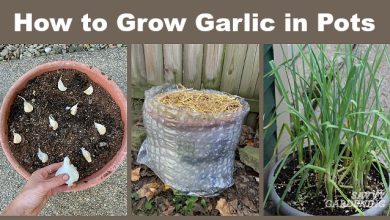What are epiphytic plants?
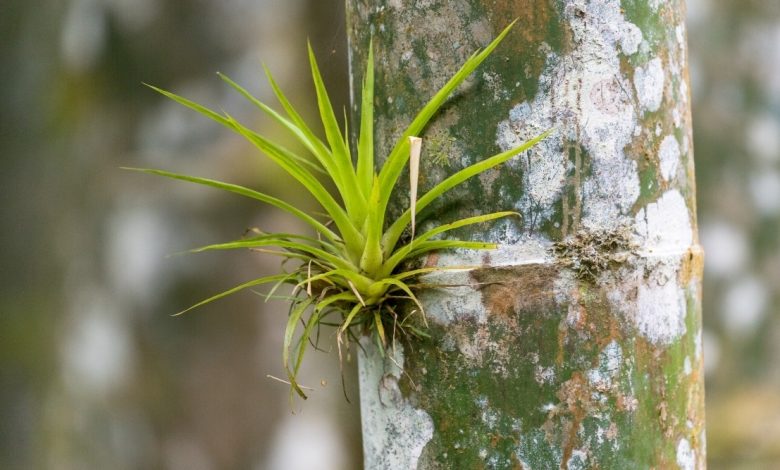
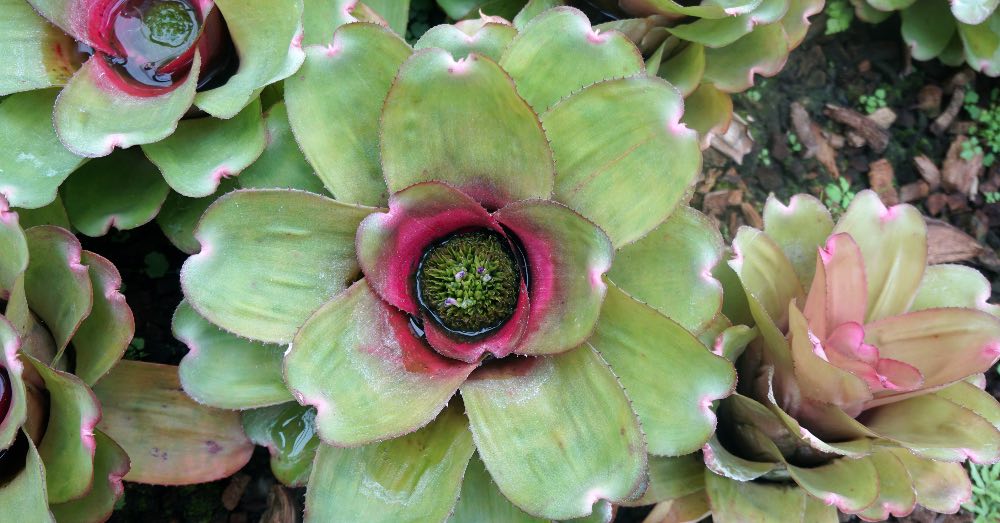
We are more than familiar with the term but, as it happens with other typologies such as perennial plants, we do not fully understand exactly what the category of epiphytic plants implies. A typology that, a priori, surprises a lot because of its main singularity: we are talking about plants that do not need a substrate to be able to live. Something that breaks, to a large extent, the general idea of what plants are.
Although it seems to us that epiphytic plants are the least, nothing is further from the truth. The truth is that, throughout our planet, there are about 25,000 plants that respond to this category in their natural state. And we point this out because, although many of them are part of the plants that we can grow at home, in the vast majority of cases we do it in a pot and with substrate despite the fact that they do not grow like this in nature.
For all this, let’s see what exactly epiphytic plants are. And, what is more important, some examples of this surprising botanical category that we live with even without knowing it.
WHAT EXACTLY ARE EPIPHYTE PLANTS
Let’s start with its own definition. The term epiphyte, coming from the Greek, means “plant that lives on another plant”. To be more specific, in the case of epiphytic plants, it should be added that they use that other plant, rock or vegetable as a support to grow. Some supports on which this category of plants tend their roots, to be able to hold on to them and grow, mostly, hanging.
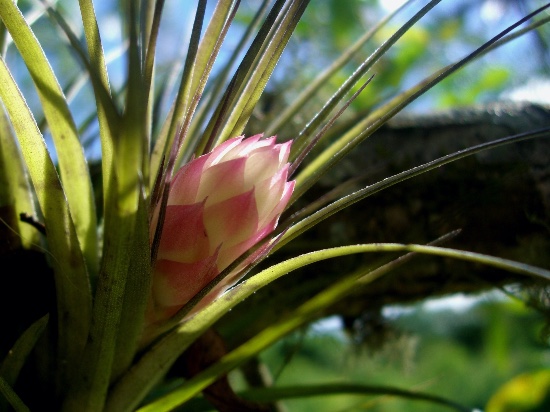
Unlike the others, in the case of epiphytic plants, the roots have no other function than to hold onto the support on which they sit. They are therefore not responsible for feeding or nourishing the plant. Something that ensures that this type of plants are called air plants, and that it is popularly said that «they feed on the air». And we could well say that it is so: it is, fundamentally, from the environment where all of them acquire what they need to grow.
And how do they do it? through its leaves. Thanks to plant evolution, epiphytic plants have developed trichomes: fine, hair-like appendages through which they are capable of absorbing water and nutrients from the air.
Are epiphytic plants parasitic?
It might be the first thing you think of, but it really isn’t. Although they adhere to other plants, mainly trees; the truth is that, in principle, they do not compromise the life of the plant on which they settle. They do not feed on this plant but, in any case, often make use of the humidity given off by the bark or the humid atmospheres generated by the shadows of its branches.
However, something must be taken into account. Although epiphytic plants are not parasitic, they can cause damage to the plants they support. This happens when the epiphyte grows significantly, becoming a nutrient thief or causing a branch to break due to its weight.
EXAMPLES OF EPIPHITE PLANTS
Understanding what makes them different, it is time to see some of the epiphytic plants that live with us. Some that, with few exceptions, we do not cultivate aerially but have acclimatized to living in a pot. This difference from its natural state has an explanation. Most epiphytic plants are native to tropical or desert environments. Some conditions that are far away, and a lot! of our climate, and that have forced its cultivation as part of the indoor plants.
Let’s see some of the epiphytic plants that we usually have at home:
1. Orchids, the most popular epiphytic plants
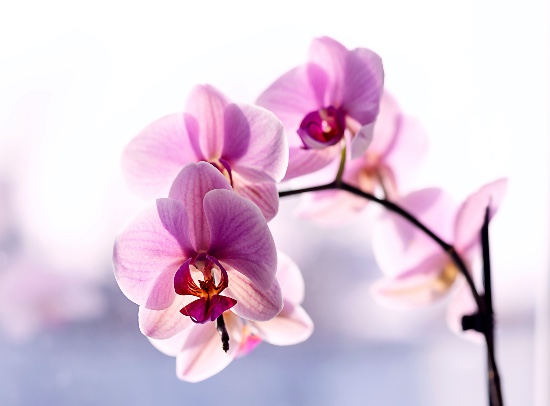
You only have to take a look at orchid care to realize, inevitably, that they are epiphytic plants in one detail: the type of substrate we use for their cultivation. In general, most of these plants only require an inert soil of pine bark, more as a matter of support than necessity as such. What’s more: some, like the Vanda orchid, grow suspended without even needing a pot.
In nature, orchids do not have soil but grow hanging from the trees of tropical forests.
2. Tillandsias, the air plants par excellence
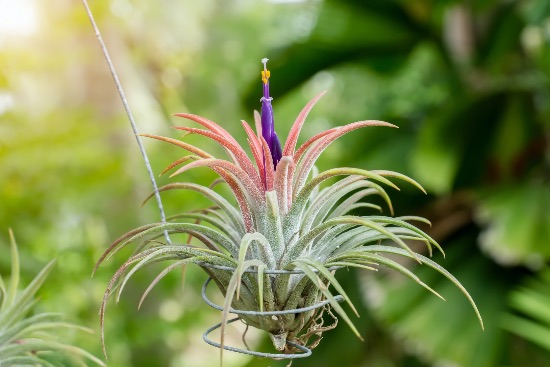
One of the epiphytic plants that we do cultivate faithfully to how it lives in nature. Reviewing the care of the carnation of the air means discovering that we can completely forget about the substrate and the pot; and concentrate on knowing how to make a support for tillandsias that allows them to grow but also decorate any space in a natural way.
Of course: whether we grow them inside or outside the house, a moisturizing fertilizer for tillandsias is not superfluous. It will help them grow, be nourished and flourish.
3. Echeveria, the queen of succulents

It is not the only succulent that, in addition, is included among the epiphytic plants. The number of cacti and succulents that correspond to this type is extremely high, but this is undoubtedly the best representative. Although if we review the care of the Echeveria we will see that a substrate for cacti is recommended, the truth is that it is also possible to see it grow on rocks or stones defying gravity.
4. Bromeliad, another of the most common epiphytic plants in homes
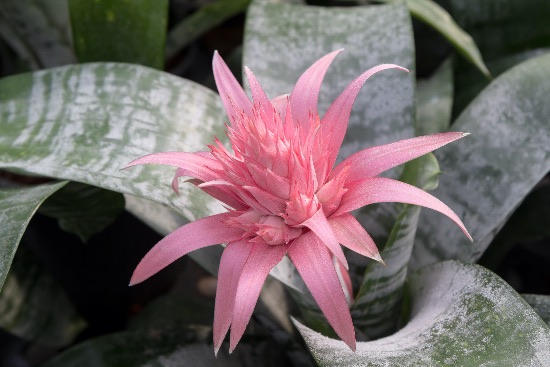
Undemanding, colorful and highly attractive, they are one of those irresistible houseplants. Not only are they ideal for adding a tropical touch but, added, it is enough to know how to care for Bromeliads to know that we will enjoy them without spending much time on them.
Of course: for a matter of acclimatization, the cultivation method is in a pot.
GENERAL CARE OF EPIPHYTE PLANTS
Although we may think that they are complicated plants to grow, this is not the case. In reality, taking our epiphytic plants forward only involves knowing their peculiarities and cultivating them based on them.
For this reason, and although each one has its own requirements, there are some general care guidelines common to all of them:
- Given their natural origins, they are used to being in spaces with a lot of light. They do not usually tolerate direct sun, and can live depending on the type of plant in partial shade.
- In nature, its roots are in the air: a detail that gives us an important clue about irrigation. Excess moisture and waterlogging are harmful to its roots
- They require warm temperatures because, despite being acclimatized, they are tropical plants. They do not tolerate winter cold or drafts
- They demand a good degree of environmental humidity, especially in the case of plants that are grown with roots in the air.
- They appreciate the application of fertilizer in the growing season according to each type of plant
Nothing like getting to know epiphytic plants to lose your fear of them but, above all, to enjoy them in your home.

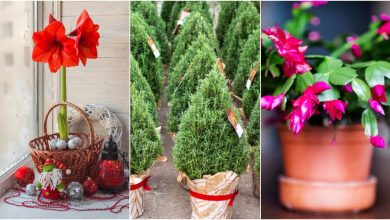
![Photo of Prune Dahlias: [Importance, Time, Tools, Considerations and Steps]](https://www.complete-gardening.com/wp-content/uploads/2022/08/prune-dahlias-importance-time-tools-considerations-and-steps-390x220.jpg)
